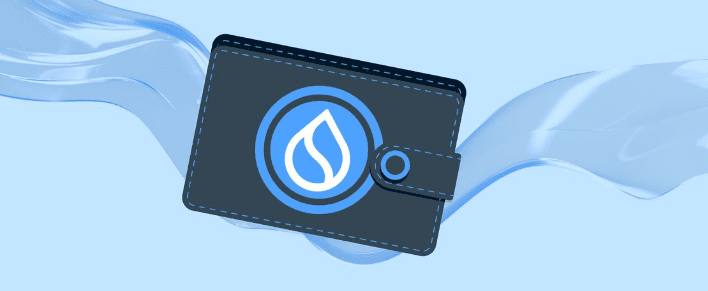Education and Scholorships
ANSI B16.9 Buttweld Collar Installation: Step-by-Step DIY Guide

Installing a buttweld collar, particularly a stainless steel (SS) collar, is common in various industrial and plumbing applications. This step-by-step guide will help you install a buttweld collar correctly. Buttweld collars are often used for reinforcing and connecting pipes, ensuring a leak-proof and structurally sound joint. Here’s how to install one:
Materials and Tools You’ll Need
- Buttweld collar
- Pipe sections to be joined
- Welding machine (TIG, MIG, or stick welder)
- Welding gloves
- Welding helmet
- Welding electrodes or filler material (compatible with your collar material)
- Wire brush or grinder
- Measuring tape
- Square
- Level
- Pipe cutter (if needed)
- Pipe beveling tool (if needed)
Step-by-By-Step Installation
- Safety Precautions:
-
- Wear your welding gloves and helmet to protect yourself from sparks and UV radiation.
- Ensure proper ventilation in your workspace, and keep a fire extinguisher nearby.
- Prepare the Pipes:
-
- If necessary, cut the pipes to the desired length using a pipe cutter.
- Clean the pipe ends using a wire brush or grinder to remove dirt, rust, or scale.
- Mark the Welding Position:
-
- Using a square and measuring tape, mark the position where the buttweld collar will be installed on both pipes. Ensure the marks are aligned for a straight connection.
- Bevel the Pipe Ends:
-
- If the collar manufacturer recommends it, use a pipe beveling tool to create a bevelled edge on both pipe ends. This helps ensure a better weld.
- Fit the Collar:
-
- Slide the buttweld collar onto one of the pipes, ensuring it is centred on the marked position. If the collar has a flange, make sure it faces outward.
- Align the Pipes:
-
- Align the two pipes with the collar in between, ensuring the ends meet perfectly. Use a level to check for horizontal alignment.
- Weld Preparation:
-
- Set your welding machine to the appropriate settings for the type and thickness of the pipe material. Consult the collar and welding machine manuals for guidance.
- Position yourself comfortably with a clear view of the welding area.
- Tack Welding:
-
- Make small tack welds at the 12 o’clock, 3 o’clock, 6 o’clock, and 9 o’clock positions around the collar. These tack welds hold the pipes and collar in place.
- Full Weld:
-
- Start welding at one of the tack welds and move around the collar, making a continuous bead—Weld along the entire circumference.
- Cool Down:
-
- Allow the welded joint to cool down naturally. Do not use water for cooling, as it can cause cracks or weaken the weld.
- Inspect the Weld:
-
- Visually inspect the weld for any defects, such as cracks or irregularities.
- Clean and Finish:
-
- Clean the welded joint with a wire brush to remove slag or impurities. If necessary, grind the weld smoothly for a neat finish.
- Repeat on the Other Side:
-
- If you connect two pipes with collars on both ends, repeat the above steps for the other side.
Your buttweld collar installation is now complete. Ensure to follow any specific manufacturer’s guidelines provided with the collar, especially when working with stainless steel or other specialized materials. Proper welding technique is essential for a strong and reliable connection, learn more.




